Have you ever wondered how much money people really make with inDrive in Zimbabwe?
You are not the only one. If you have taken an inDrive ride recently, you have probably noticed how affordable it is compared to traditional taxis. That is no coincidence — inDrive has completely transformed the taxi industry in Zimbabwe.
Instead of fixed fares, passengers and drivers negotiate the price through what the platform calls a “real-time deal.” This flexible approach has made transportation more affordable and accessible while creating genuine income opportunities for thousands of Zimbabweans across four major cities.
However, this is where it becomes even more interesting — inDrive is not just a transport app. It has become a legitimate business opportunity, and there is more than one way to profit from it.
In this comprehensive guide, we will explore the two primary ways Zimbabweans are generating income with inDrive:
- As a driver — earning daily income through ride completion, whether using your own vehicle or operating under partnership
- As a vehicle owner — creating passive income streams by partnering with drivers who remit weekly payments
We will provide detailed registration guidance, break down realistic earning potential, analyze operational costs, and share practical strategies for success in this growing market.
Stay informed and empowered with more practical business insights like this — follow ZimLedger on our WhatsApp Channel: https://whatsapp.com/channel/0029VbBKdAn30LKXCPTKdM1Z
Getting Started: Complete Registration Guide
The registration process for becoming an inDrive driver is straightforward but requires careful attention to detail and specific documentation.
Essential Requirements
Before beginning your application, ensure you have all necessary documents and meet platform requirements:
Documentation Needed:
- Valid Zimbabwean driver’s license (any format: plastic card, paper license, or metal license)
- Vehicle in good visual condition
- Current vehicle registration book or valid vehicle license documentation
- National ID or valid passport for identity verification
- Active mobile number and email address
- Banking facility (traditional bank card or EcoCash virtual card for account funding)
Vehicle Standards: Your vehicle must present professionally and meet basic safety standards. The platform reviews submitted photos carefully, so ensure your car is clean and well-maintained before photographing.
Step-by-Step Registration Process
Initial Setup: Download the official inDrive application from your device’s app store. The same application serves both passengers and drivers, with mode switching available within the interface.
Account Creation: Open the application and locate the driver section through the main menu. This will prompt you to begin the registration process with vehicle and personal information submission.
Document Submission: The platform requires real-time photo capture for all documents — you cannot upload existing images from your device gallery. This verification method ensures document authenticity and reduces fraudulent applications.
Photograph the following items using the in-app camera:
- Your driver’s license (both sides if applicable)
- Selfie with drivers licence
- Vehicle registration documents
- National ID or passport
- Multiple angles of your vehicle exterior
- Interior shots showing vehicle condition
- Clear image of license plate
See the below screenshots of requirements from the Zimbabwe inDrive app
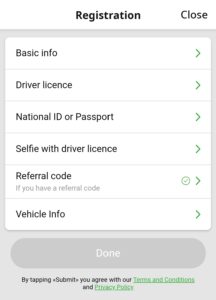
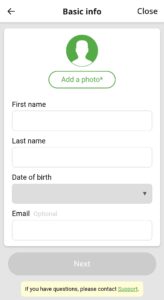
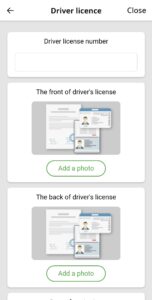
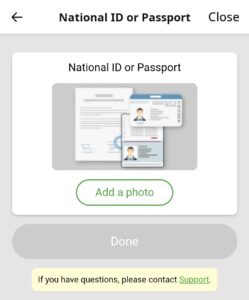
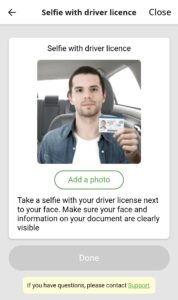
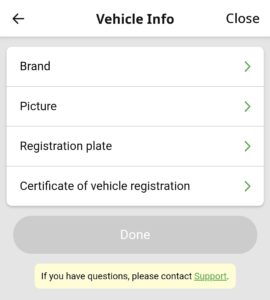
Application Review: After submission, expect a review period of 24-48 hours. The platform will notify you via email regarding approval status. Successful applicants can immediately access driver features and begin accepting ride requests.
Account Funding: This critical step often catches new drivers unprepared. You must fund your account before receiving ride requests. The platform operates on a credit system where commission fees are deducted from your balance after each completed trip.
For those without traditional banking, EcoCash virtual cards provide an effective alternative. Request virtual card details from EcoCash, including card number, expiration date, and security code. You can also use the Omari Visa card.
Making Money as an inDrive Driver
Driver income represents the most direct path to earning through the platform, offering daily cash flow and complete schedule control.
Daily Operations and Income Potential
Active drivers typically complete 8-12 trips daily, generating gross revenue between $35-50 before expenses. The average trip fare is $4-$6. Consistent performers working strategic hours often achieve $45 daily gross income (equivalent of 9 trips of $5 each).
Peak Performance Periods:
- Early morning commuter rush (6:00-9:00 AM)
- Midday business travel (12:00-2:00 PM)
- Evening return commute (4:00-7:00 PM)
- Weekend leisure travel shows 30-40% higher demand
Market Dynamics: Thursday through Sunday generally provide the highest trip volume. Weather conditions significantly impact demand — rainy days and poor road conditions typically increase ride requests and allow for premium pricing.
Comprehensive Cost Analysis
Understanding your complete cost structure enables better decision-making and profit optimization:
Daily Operating Expenses:
Fuel Consumption: $8 Based on 5 liters daily consumption at current pricing. Vehicle selection dramatically impacts this expense — hybrid models like Toyota Aqua or Honda Fit GP5 achieve 18-25km per liter, while smaller engines like the Toyota Passo 0.8L provide excellent efficiency for budget-conscious operators.
Platform Commission: $5.40 (Assuming $45 revenue). The platform deducts 12% from each completed fare. This rate has increased from the initial 0% promotional rate, reaching 10% before settling at the current 12%. So if you make $45, inDrive takes 12% of that which is $5.40. You pay this via account funding using a Mastercard (eg Ecocash Mastercard) or Visa Card (eg Omari visa card).
Communication Costs: $1.00 Data bundles and airtime for GPS navigation, ride coordination, and platform connectivity. Many drivers purchase weekly/monthly packages that include both data and voice allocations. It’s good to have both Econet and Netone lines.
Meals: $2.00 Lunch expenses while working. This can be reduced significantly by meal preparation at home.
Vehicle Maintenance: $1.50 Daily allocation for routine servicing, tire maintenance, insurance, licenses and minor repairs.
Cleaning: $1.00 Car wash expenses, when spread across the week, average about $1 per day.
Total Daily Costs: $19
Net Income Calculations
Daily Net Profit: $45 gross revenue – $19 expenses = $26
Weekly Profit (6 days): 6 * $26 = $156
Monthly Profit (4.2 weeks): $156 * 4.2 = $655 (After all expenses including insurance & repairs)
These figures represent committed drivers operating fuel-efficient vehicles with disciplined cost management.
Income Optimization Strategies
Cost Reduction Approaches: Experienced drivers often reduce expenses through strategic changes. Bringing meals from home and performing vehicle cleaning personally can improve daily profit by $3, raising net income to approximately $29 daily or $174 weekly.
Revenue Enhancement: Superior customer service often leads to off-platform business opportunities. Satisfied passengers frequently request direct contact for future rides, eliminating the 12% platform commission and creating premium income streams.
Route Optimization: Strategic positioning in high-demand areas like central business districts, shopping centers, and transport hubs increases ride frequency. Understanding traffic patterns helps avoid congestion-related fuel waste and time loss.
Making Money as a Vehicle Owner on inDrive
Vehicle ownership offers passive income opportunities for those unable or unwilling to drive personally, including diaspora investors seeking to monetize idle assets.
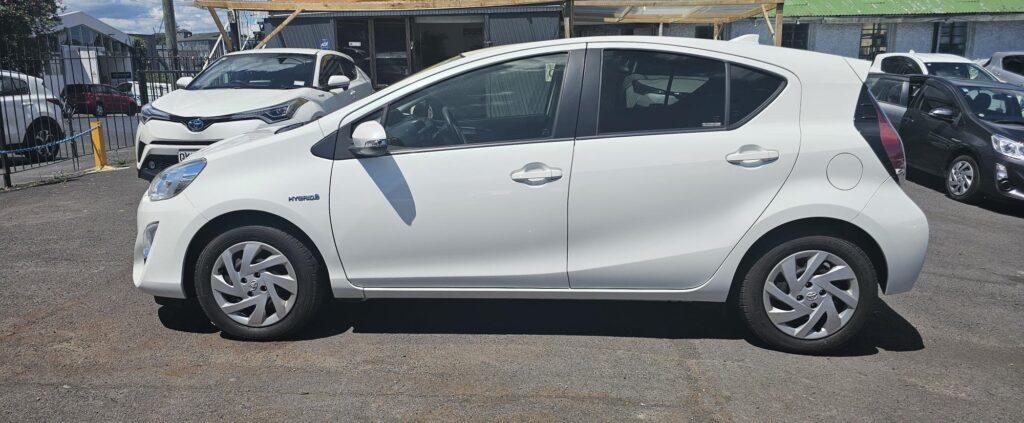
The Partnership Model Explained
This arrangement pairs vehicle owners with dedicated drivers who handle daily operations while remitting agreed weekly amounts. The model has gained popularity among busy professionals, retirees, and overseas Zimbabweans.
Current Market Rates:
- Standard vehicles: $110-120 weekly
- Fuel-efficient models: $120-140 weekly
- Premium or newer vehicles: $130-150 weekly
Factors Affecting Remittance Rates: Vehicle fuel efficiency, condition, year of manufacture, and local demand all influence earning potential. Hybrid vehicles and small-engine cars command higher rates due to lower operating costs.
Partnership Day Structure: An important aspect of the remittance arrangement is that weekly payments are typically calculated based on a 6-day working schedule, leaving one day per week as the driver’s personal earning day. This means that while the driver remits the agreed amount (such as $130) based on six days of operation, they retain 100% of earnings from the seventh day for personal income. This structure provides drivers with motivation to work the full week while ensuring they have dedicated earning potential beyond the remittance obligation. This arrangement recognizes that drivers need personal income beyond just meeting the vehicle owner’s remittance target and helps maintain the viability of the partnership model for both parties.
Operational Framework
Owner Responsibilities:
- Major maintenance and repairs
- Vehicle licensing and insurance
- Registration renewals
- Capital improvements and upgrades
Driver Responsibilities:
- Daily fuel costs
- Routine maintenance (oil, filters, minor repairs) [This can also be done by the owner in some partnerships]
- Vehicle cleaning and presentation
- Communication expenses
- Platform commission and customer service
Financial Structure: Most arrangements operate on weekly payment schedules, though some owners prefer daily remittances for closer monitoring. Security deposits equal to one week’s payment are increasingly common to protect against non-payment or vehicle damage.
Return on Investment Analysis
A weekly remittance of $130 generates $520 monthly passive income. For a $6,000 vehicle investment, this represents over 100% annual return — significantly outperforming traditional investment vehicles.
Risk-Adjusted Considerations: While returns appear attractive, factor in vehicle depreciation, maintenance costs, and potential income interruptions. Successful owners typically achieve 60-80% of theoretical maximum returns after accounting for these variables.
Market Intelligence and Strategic Insights
Understanding the competitive landscape helps both drivers and owners make informed decisions.
Market Size and Growth
There are no official figures available, but there are at least 1000 active inDrive drivers, and monthly trips probably exceeds 100 000. Harare represents the largest market, followed by Bulawayo, with Mutare and Masvingo showing steady growth.
Platform Evolution: Since launching in 2023, the platform has demonstrated rapid adoption. The commission structure evolution from 0% to 12% indicates strong market penetration and revenue optimization.
Vehicle Selection Strategy
Optimal Vehicle Categories:
Hybrid Options:
- Toyota Aqua: Exceptional fuel economy (21-30km/L)
- Honda Fit GP5: Reliable performance with 21-30km/L efficiency
- Toyota Prius: Premium comfort with excellent fuel consumption
Small Engine Alternatives:
- Toyota Passo 0.8L: Outstanding efficiency for budget-conscious operators
- Toyota Vitz: Balanced performance and fuel economy
- Nissan March: Competitive efficiency with parts availability
Investment Range: $5,000-$8,500 for suitable vehicles meeting platform requirements and optimal operational economics.
Multi-Platform Strategy and Competition
While inDrive has established itself as the most popular ride-hailing platform in Zimbabwe, drivers are not limited to operating on a single service. Other platforms including Bolt, Vaya, Rida, and Hwindi also operate in the market, each with different commission structures, coverage areas, and user bases. Experienced drivers often register across multiple platforms simultaneously to maximize earning opportunities and reduce dependence on any single service. This multi-platform approach allows drivers to compare ride offers in real-time, accept the most profitable trips regardless of source, and maintain income flow even when one platform experiences technical issues or reduced demand. However, managing multiple applications requires additional data usage and careful attention to avoid conflicts when rides are offered simultaneously across platforms. The competitive landscape benefits both drivers and passengers through innovation, varied pricing models, and improved service quality as platforms compete for market share.
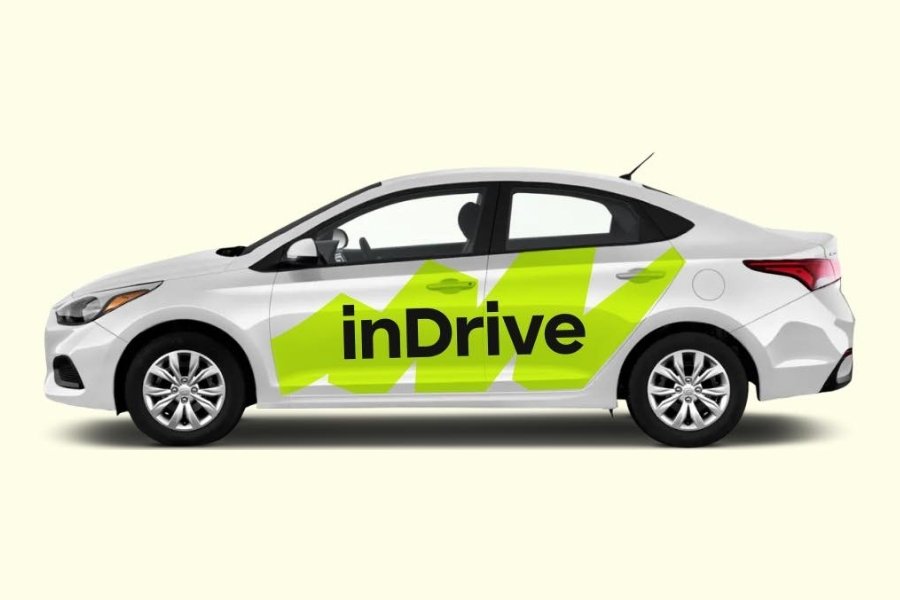
Success Strategies and Professional Tips
For Active Drivers
Customer Excellence: Professional presentation and courteous service directly impact earnings through ratings, repeat business, and off-platform opportunities. Maintain vehicle cleanliness, assist with luggage when appropriate, and respect passenger preferences regarding music, temperature, and conversation.
Operational Efficiency: Join local driver communication groups for real-time updates on traffic conditions, platform issues, and safety alerts. These networks provide valuable intelligence for route optimization and risk avoidance. Check out these Facebook Groups : InDrive Zimbabwe ; Riders and Drivers group bolt and in driver Zimbabwe .
Navigation Mastery: While GPS technology provides basic routing, local knowledge remains crucial for efficiency. Cross-reference digital navigation with traffic patterns and road conditions to minimize fuel consumption and maximize trip frequency.
Financial Discipline: Track every expense meticulously, including fuel receipts, maintenance costs, and daily earnings.
For Vehicle Owners
Driver Selection: Prioritize referrals from trusted sources and conduct basic background verification. Start with trial periods to assess reliability and performance before committing to long-term arrangements.
Risk Management: Consider GPS tracking installation for vehicle monitoring and theft prevention. Require security deposits and create written agreements clearly outlining payment schedules, maintenance responsibilities, and termination procedures.
Relationship Management: Conduct regular vehicle inspections and maintain open communication with your driver. Address issues promptly to prevent escalation and protect your investment.
Risk Assessment and Mitigation
Driver-Specific Risks
Income Volatility: Daily earnings fluctuate based on demand patterns, weather conditions, and competitive factors. Develop financial buffers to manage periods of reduced activity.
Safety Considerations: Personal security risks exist, particularly during evening hours or in unfamiliar areas. Trust instincts regarding suspicious ride requests and maintain communication with other drivers through support networks.
Operational Challenges: Traffic congestion, particularly in Harare, significantly impacts productivity and fuel consumption. Network connectivity issues can prevent ride request reception, requiring strategic positioning in areas with reliable coverage.
Owner-Specific Risks
Driver Reliability: Non-payment, vehicle misuse, and driver disappearance represent primary concerns. Thorough vetting and security deposits provide some protection, but risk cannot be eliminated entirely.
Vehicle Depreciation: Commercial use accelerates wear and normal depreciation. Factor these costs into return calculations for realistic profit expectations.
Market Changes: Platform commission increases, competitive pressure, and economic conditions affect profitability for both drivers and owners.
Risk Mitigation Strategies
For Drivers:
- Maintain emergency funds covering one week of expenses
- Develop diverse income streams beyond single platform dependence
- Invest in comprehensive insurance coverage
- Join driver support networks for information sharing and mutual assistance
For Owners:
- Implement thorough driver screening processes
- Require and maintain appropriate security deposits
- Install vehicle tracking systems for monitoring
- Develop backup driver relationships for operational continuity
Real-World Operational Insights
Daily operations require balancing multiple factors for optimal performance:
Morning Preparation: Begin each day with a clean, fully fueled vehicle positioned in high-demand areas. Early morning commuter traffic often provides the day’s most profitable rides.
Strategic Positioning: Understanding demand patterns helps maximize ride frequency. Business districts during working hours, shopping areas during peak times, and residential areas during commute periods offer different opportunities.
Decision Making: Quick calculations determine ride acceptance. Factor distance, traffic conditions, passenger rating, and destination when evaluating offers. Declining unprofitable rides preserves resources for better opportunities.
Daily Challenges: Managing fuel consumption while maximizing trip count requires constant optimization. Traffic congestion, passenger cancellations, and platform technical issues require adaptive strategies.
Industry Outlook and Future Considerations
The ride-hailing market in Zimbabwe continues evolving as economic conditions change and competition develops. Platform commission rates may continue adjusting as market dynamics shift.
Growth Opportunities: Expanding to additional cities and increasing urbanization suggest continued demand growth. Economic development and rising income levels could support premium service offerings.
Competitive Factors: Multiple platforms operate in the market, creating opportunities for drivers to diversify across platforms while requiring owners to remain competitive with remittance rates.
Getting Started: Implementation Guide
Immediate Steps
Assess Your Situation: Evaluate your available resources, time commitment, and risk tolerance. Determine whether driver operation or vehicle ownership better matches your circumstances.
Financial Preparation: Calculate startup costs including registration fees, initial fuel, insurance, and operating capital. Plan for 2-4 weeks of expenses as a financial buffer.
Market Research: Understand local demand patterns, competition levels, and operational requirements in your specific area.
Launch Strategy
Start Conservatively: Begin with realistic targets and gradually optimize based on experience. Track performance metrics carefully and adjust strategies accordingly.
Build Networks: Connect with experienced drivers and owners for guidance and support. Join communication groups for industry updates and shared learning.
Monitor and Adapt: Continuously evaluate performance against goals and modify approaches based on results and changing market conditions.
The inDrive opportunity in Zimbabwe offers legitimate income potential for both drivers and vehicle owners. Success requires treating the venture as a professional business with proper planning, disciplined execution, and continuous adaptation to market conditions.
Through careful cost management, strategic decision-making, and commitment to customer service excellence, participants can build sustainable income streams in Zimbabwe’s evolving transportation market.
Stay informed and empowered with more practical business insights like this — follow ZimLedger on our WhatsApp Channel: https://whatsapp.com/channel/0029VbBKdAn30LKXCPTKdM1Z
ZimLedger
ZimLedger is the all in one business and finance platform for Zimbabwe. It generates quotes, invoices, payslips and financial statements, manages business ledgers, tracks income and expenses, and builds shopping lists. ZimLedger offers a simple yet powerful solution tailored to local needs. Whether you are budgeting in ZiG or USD, managing business accounts, converting Ecocash statements, or tracking household expenses, ZimLedger empowers you to stay organised, make informed financial decisions, and grow your wealth—right from your phone or computer.

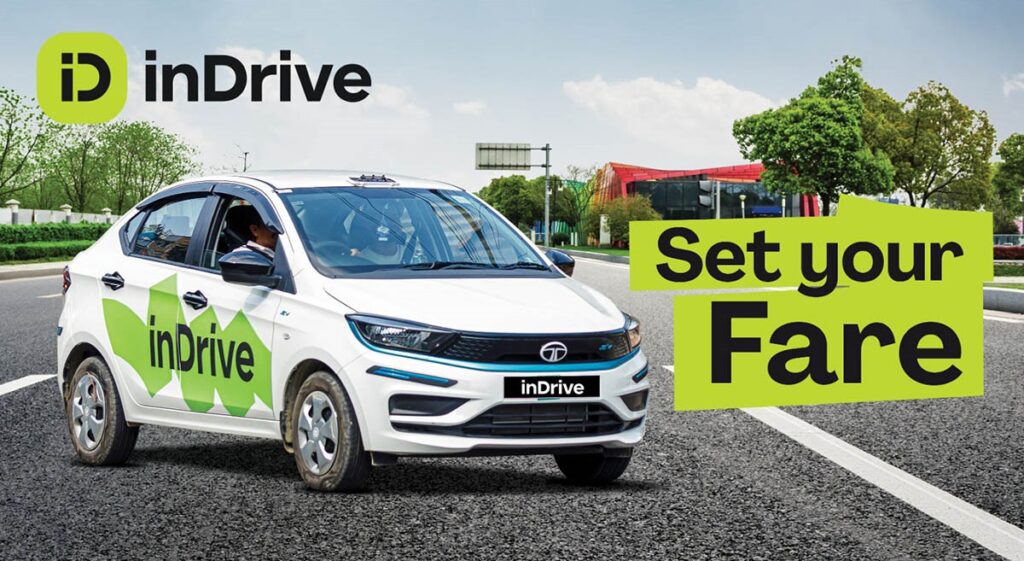
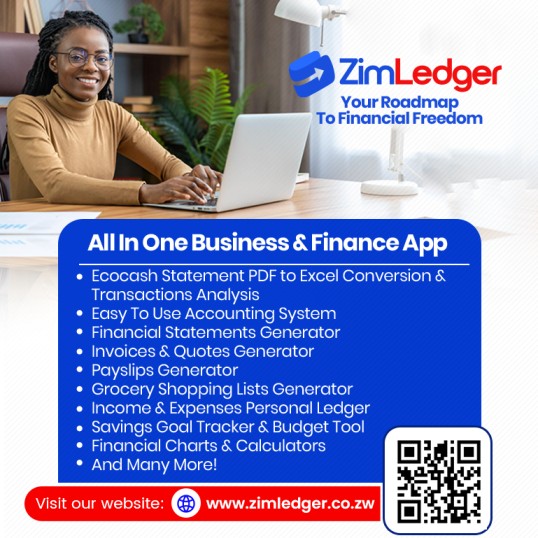

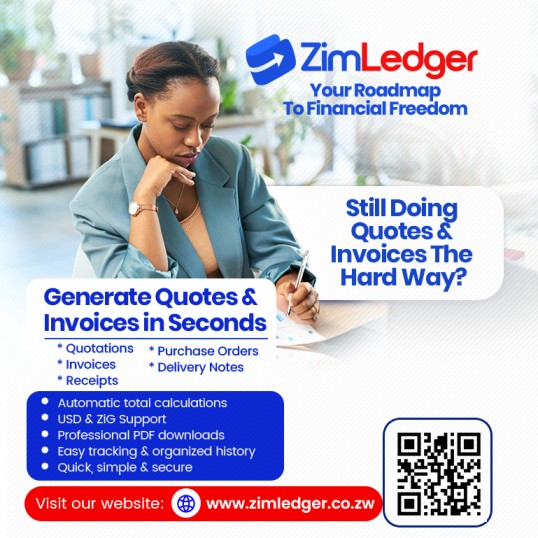
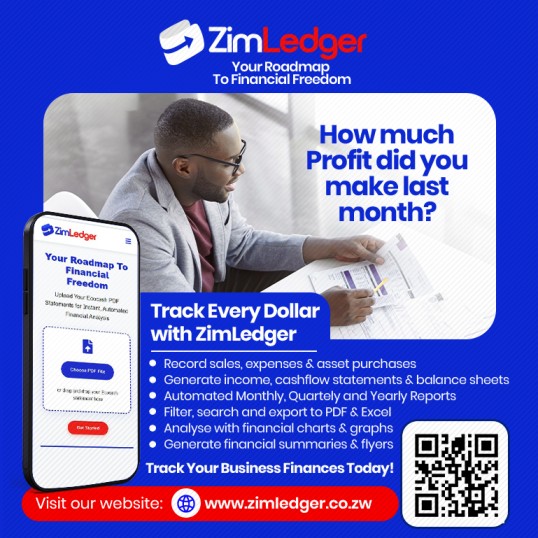
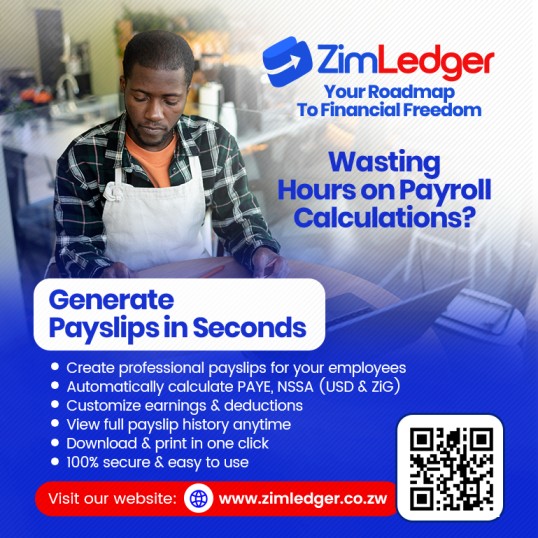
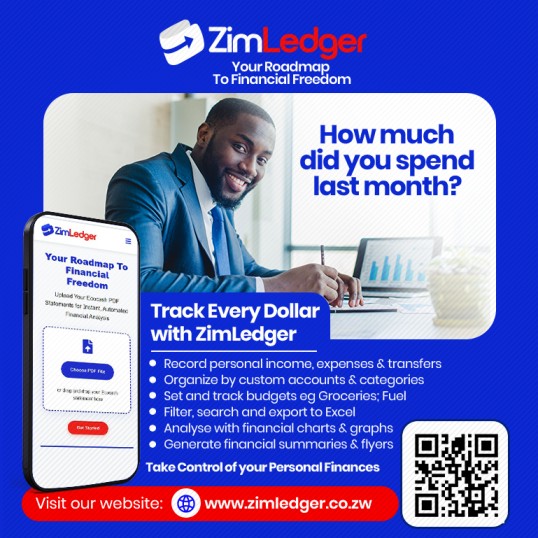
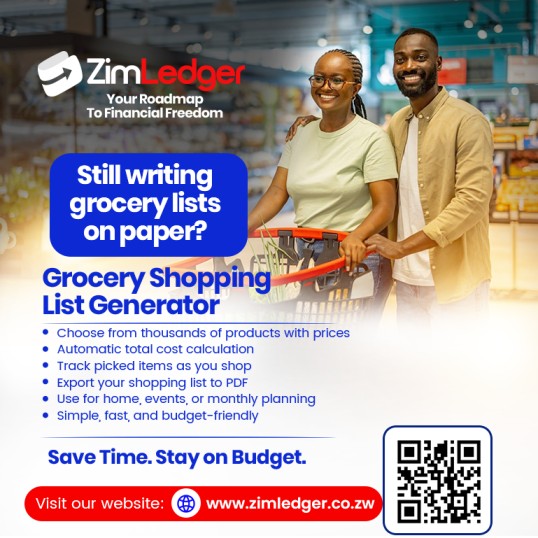

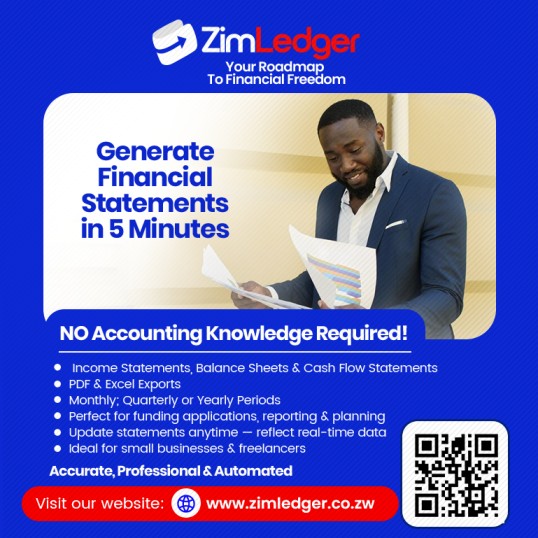
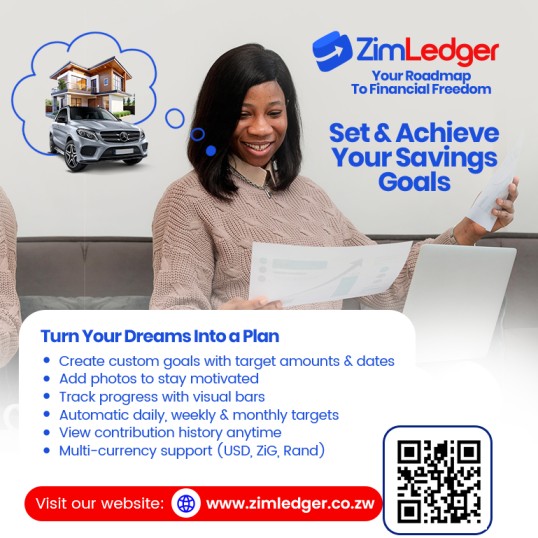

Need to register
can i register